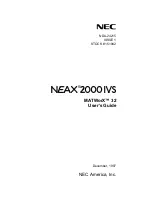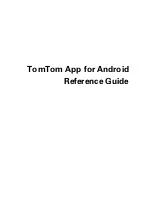
Improving Accuracy
Improving Performance 214
Document Quality
OmniPage recognizes characters in almost any font from 6 to 72 points in
size. However, keep the following in mind when using OmniPage:
• The print should be reasonably clean and crisp. Characters must be
distinct: separated from each other and not blotched together or
overlapping.
• The document should be free of notes, lines, or doodles. Anything
that is not a printed character slows recognition, and any character
distorted by a mark will be unrecognizable.
• The document font should be non-stylized; for example, OmniPage
may not recognize the
Zapf Chancery
font accurately.
• It is difficult to recognize underlined text because the underline
changes the shape of descenders on the letters q, g, y, p, and j.
Scanning Angle
Make sure that the document is positioned correctly in your scanner and
is not slanted. Even if you put a page in the scanner correctly, it is still
possible for the page to be turned slightly so that text will be difficult to
recognize. The final document may have missing characters, split lines of
text, or words recognized incorrectly if the page was not scanned
correctly.
If you notice that the page is crooked in the zone window, adjust and
rescan it. You may also see slanted text in the Character window. If you
are scanning a multiple-page document and notice poor recognition on
certain pages, it may be that those pages were crooked in the scanner. Try
scanning them again.
Scanner Glass Clarity
The sheet of glass on the flatbed of the scanner must be clean and clear. If
it gets dirty, wipe it gently with a soft, damp, lint-free cloth or tissue. Be
sure it is completely dry before you put pages on it.
Paper Transparency
Some paper is thin enough that the scanner sees text printed on the
opposite side of the scanned page. This is often the case with telephone
book pages. To correct this problem, put a black piece of paper behind the
page between the page and the lid of the scanner.
















































